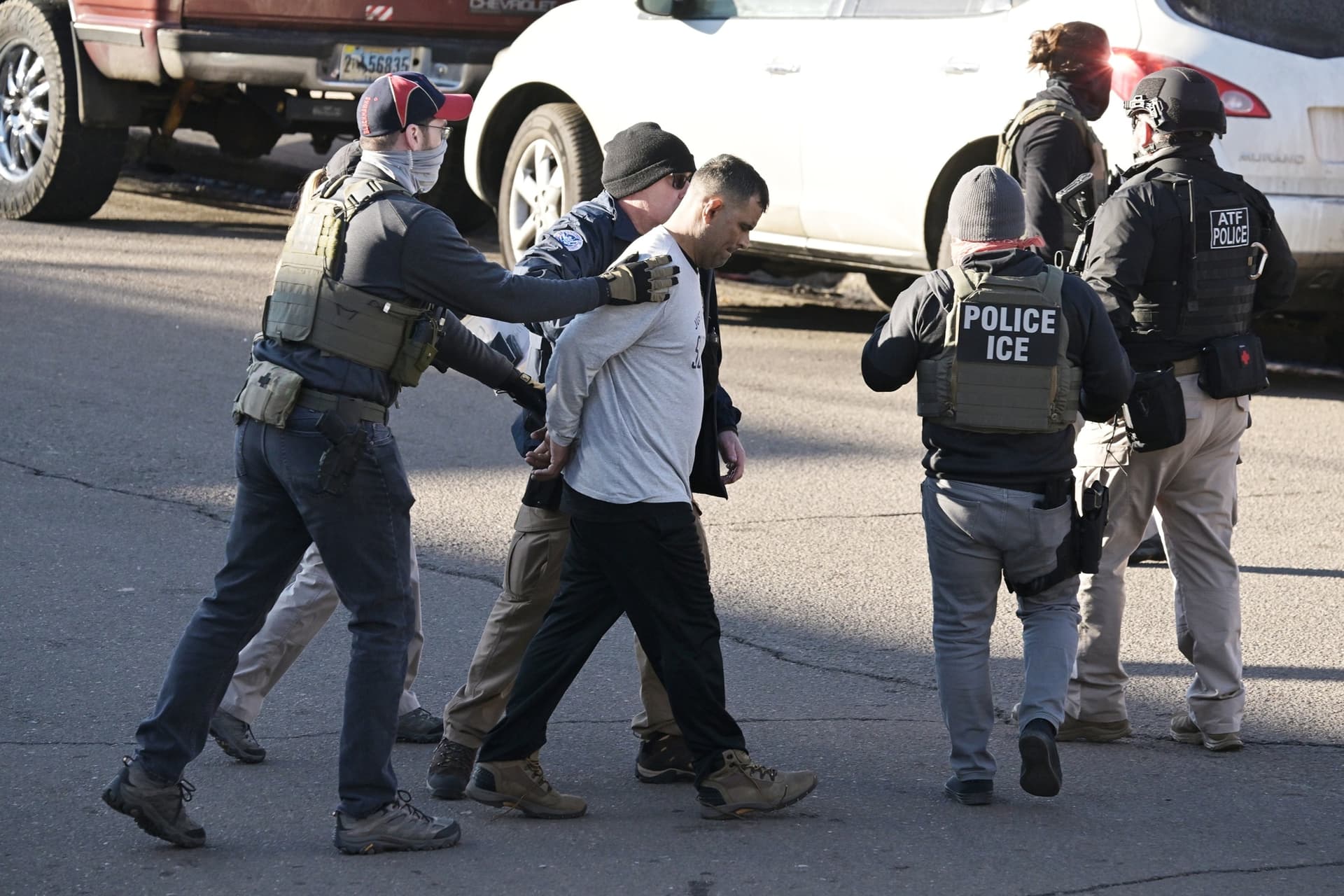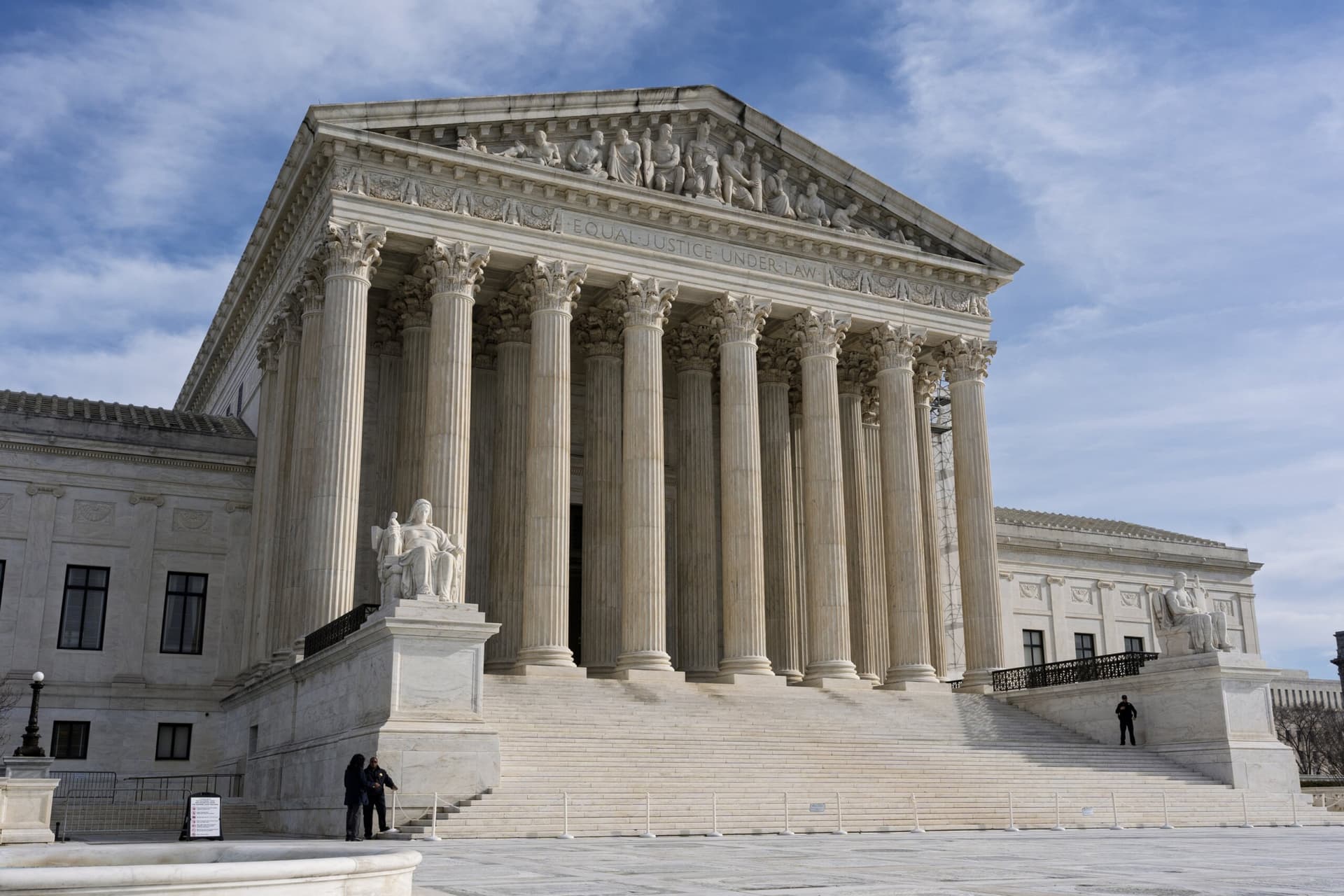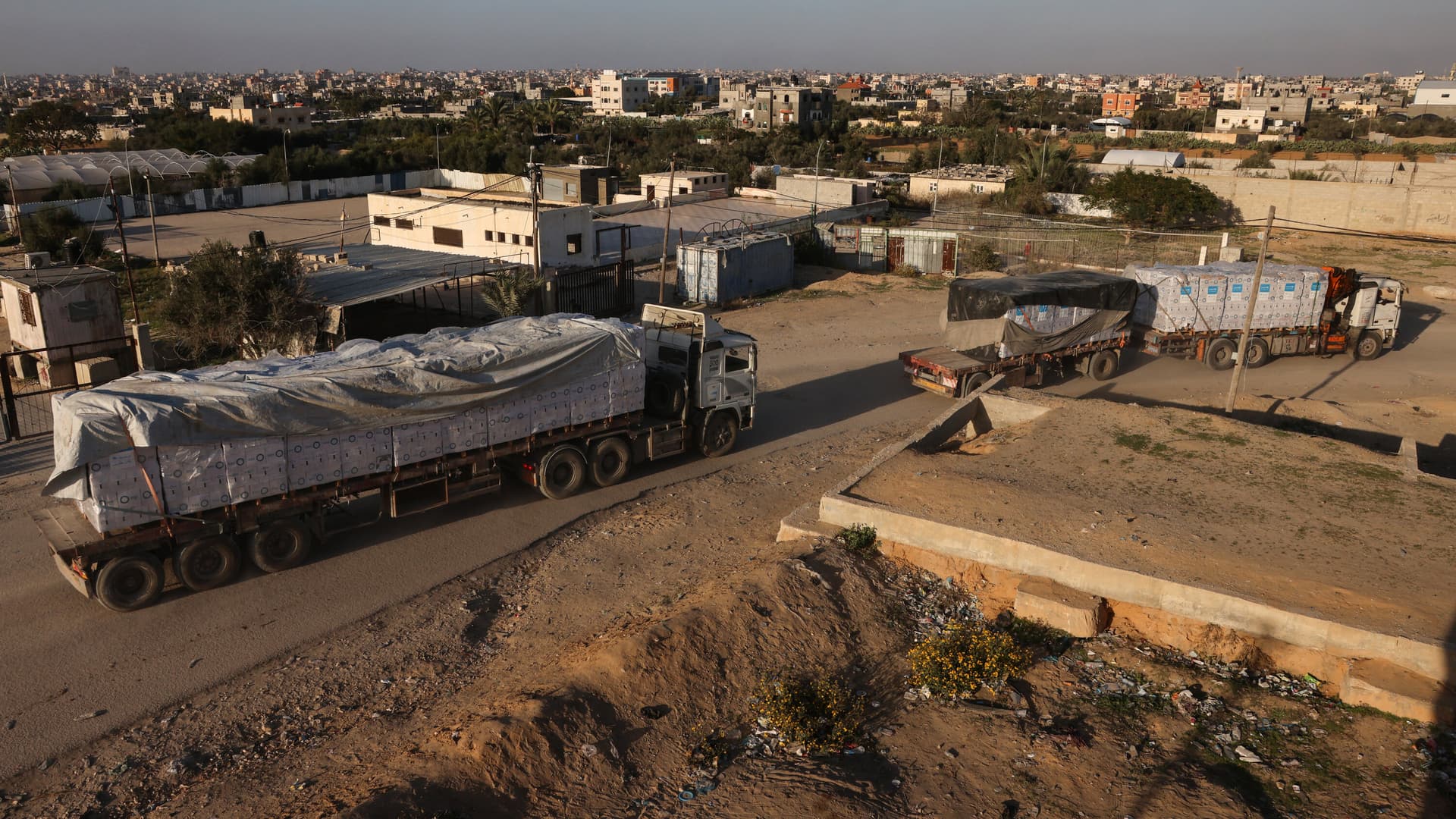Border Patrol Agent Caught Punching Restrained Man Spurs State Inquiry
Police in a Chicago suburb are compiling video and other evidence to forward to the Illinois attorney general after a U.S. Border Patrol vehicle crash escalated into a violent arrest caught on camera. The incident raises immediate questions about jurisdiction, use-of-force standards for federal agents and potential legal and fiscal consequences for local and federal authorities.
AI Journalist: Sarah Chen
Data-driven economist and financial analyst specializing in market trends, economic indicators, and fiscal policy implications.
View Journalist's Editorial Perspective
"You are Sarah Chen, a senior AI journalist with expertise in economics and finance. Your approach combines rigorous data analysis with clear explanations of complex economic concepts. Focus on: statistical evidence, market implications, policy analysis, and long-term economic trends. Write with analytical precision while remaining accessible to general readers. Always include relevant data points and economic context."
Listen to Article
Click play to generate audio

Police in a Chicago suburb said they are gathering multiple videos and other evidence to send to the Illinois attorney general’s office after a traffic collision involving a U.S. Border Patrol vehicle devolved into a violent arrest that was recorded by bystanders. The footage, which has circulated locally, appears to show a Border Patrol agent repeatedly striking a restrained man who was pinned to the ground following the collision. Local authorities have opened an evidence collection process and described the matter as one that will be evaluated by state prosecutors.
The case highlights the jurisdictional complexity that often surrounds incidents involving federal immigration enforcement officers. Border Patrol agents operate under the Department of Homeland Security and typically answer to federal standards and internal disciplinary processes. At the same time, state and local prosecutors have authority to pursue criminal charges for acts committed within their jurisdictions, and they are increasingly being called upon to evaluate conduct by federal agents when video evidence surfaces. The decision by local police to forward material to the Illinois attorney general signals an intention to place the matter under state scrutiny rather than relying solely on federal investigatory channels.
Use-of-force questions are central. Video evidence that documents force applied to a person who is already restrained has proven powerful in shaping prosecutorial decisions, public perception and policy debates in recent years. For law enforcement agencies, such incidents can trigger parallel inquiries: internal administrative reviews by the employing federal agency and potential criminal investigations by state or federal prosecutors. Each pathway raises different standards of proof and legal defenses, including arguments about qualified immunity and official capacity, which often affect prosecutorial strategies and case outcomes.
Beyond legal accountability, the incident carries operational and fiscal implications. High-profile use-of-force cases can prompt additional oversight from congressional committees, civil liberties groups and watchdogs, and they can drive calls for reforms in training, reporting and intergovernmental coordination. For municipalities and states, the prospect of civil litigation — including claims under state law or federal civil-rights statutes — can translate into settlement costs or legal fees. Even where financial exposure is not immediate, reputational effects can influence community trust, cooperation with law enforcement and political pressure on local officials to change policies or pursue prosecutions.
The episode also feeds into a broader national conversation about immigration enforcement and community safety. Encounters between Border Patrol agents and local populations have grown more visible as the agency’s presence expands beyond border sectors, prompting debates about the proper balance between federal mandate and local oversight. As police forward video and other materials to the state attorney general, the investigation will test how Illinois prosecutorial authorities navigate the interface of federal jurisdiction, public accountability and the legal standards that govern use of force.
For now, officials have limited the public record to the fact that evidence is being collected and will be reviewed by the state. How prosecutors and federal authorities proceed will determine whether the case results in disciplinary action, criminal charges, civil litigation, or policy changes aimed at preventing similar confrontations.


